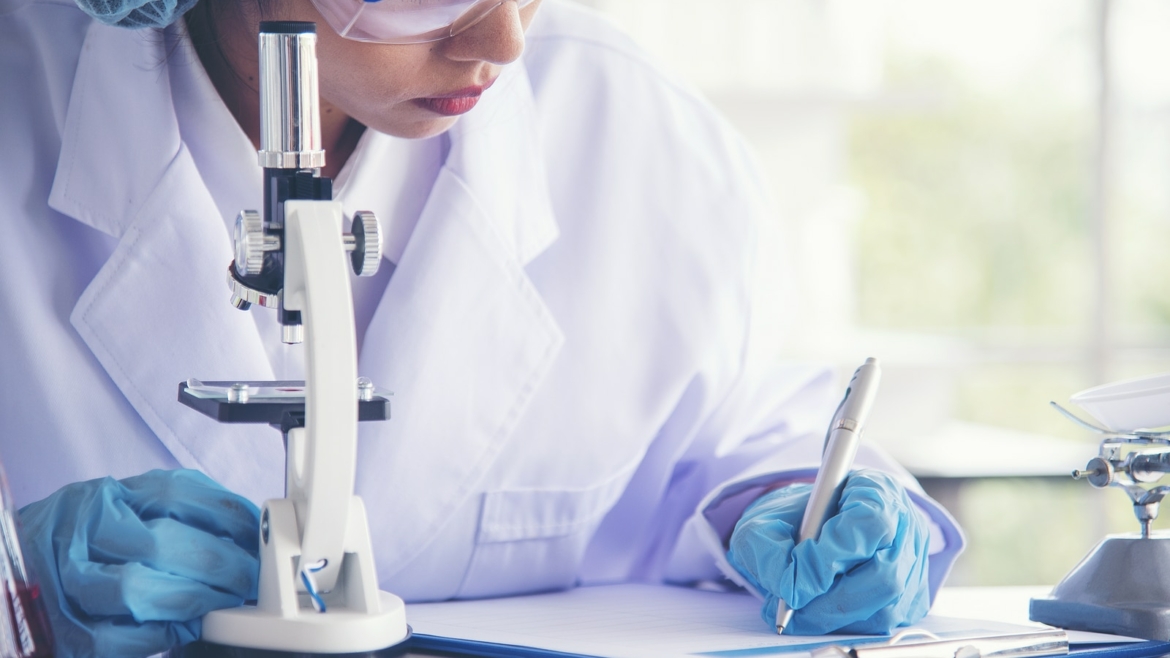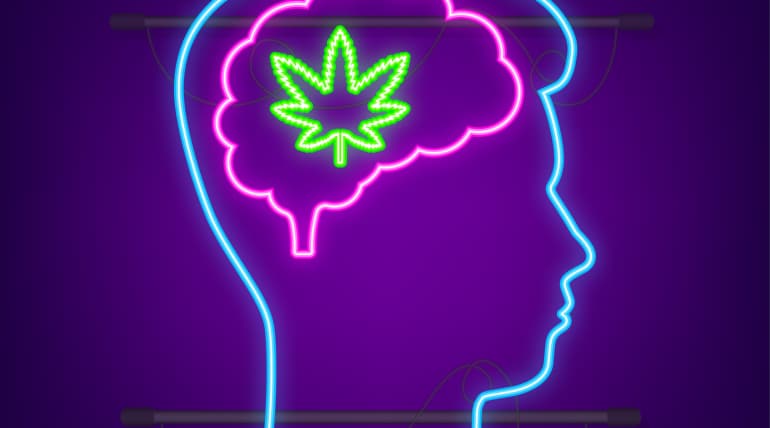“Autism blood discovery promises earlier tests and treatment,” claims The Daily Telegraph, reporting on research into a potential new diagnostic test for autism spectrum disorder (ASD).
The study involved 38 children with ASD and 31 children without. Blood and urine samples were collected from all children and tested for various protein by-products, some of which are thought to be found at higher levels in people with ASD.
Based on the results of the tests, the researchers developed a computer-based model to predict whether a child had ASD or not. The model correctly identified 92% of the children who had ASD, and 84% of the children who did not.
This was an early study which provides the basis for further research. However it is far too soon to know if the test could ever be used in practice. From this single, small study we don’t know that it’s accurate enough or that it could improve upon existing methods for diagnosing ASD in clinical practice.
The causes of ASD remain largely unknown, and any ways of improving our understanding of the condition are welcome. But media claims that this new test would help spot ASD early currently have no basis.
Where did the story come from?
The study was carried out by researchers from the University of Warwick, the University of Birmingham and several research institutions in Italy. It was published in the peer-reviewed journal Molecular Autism and is free to read online.
It was funded by the Warwick Impact Fund, the Fondazione del Monte di Bologna e Ravenna, and the Fondazione Nando Peretti, Rome.
Several UK newspapers covered the story, with varying degrees of accuracy. The Mail Online claimed that “a blood test diagnosing autism in children could be available within a year” when neither the researchers nor any other experts had said this was possible. It also described the test as 90% accurate, without explaining what this means (for example the test was less accurate when it came to identifying those who didn’t have the condition).
What kind of research was this?
This was a case-control-study in which a group of children with autism spectrum disorder (ASD) were compared with a group of children without ASD.
First, blood and urine samples were taken from all the children to look for possible differences in biomarkers (molecules such as proteins) between the children with ASD and those without ASD.
This is a good starting point to identify new ways of testing for a condition. However, there are many further study stages before you can find out whether a new diagnostic test could be used in practice.
This initial study involved a small number of children who were older than most children are when they start to be diagnosed with ASD. They also all had known diagnostic status – that is the researchers knew whether they had ASD.
Ultimately, to see if a diagnostic test works in practice, you need to start with a large sample and the researchers shouldn’t know who has the condition before they give them the new test. You also need to ensure the diagnostic test does no or minimal harm. Potential harms include missing out people who have a condition (who then miss out on help), or incorrectly diagnosing someone with a condition that they do not have.
What did the research involve?
The researchers recruited 69 children at a research centre in Bologna, Italy. This included 38 children diagnosed with ASD (mostly boys) and 31 children without ASD. Both groups were matched by age and gender. The average age was around 8 years.
The children in the ASD group had their diagnosis confirmed by 2 child-development experts, using standard diagnostic criteria.
Children were not included in the study if they:
- had epilepsy
- had an inflammatory or infectious condition
- were taking antioxidant supplements at the time of the study
- had undergone surgery in the 4 months before the blood and urine samples were taken
The blood and urine samples were collected on a single occasion. Previous research had shown that in some people with ASD, some proteins appear to have been broken down abnormally. The researchers therefore tested the blood and urine samples for a number of these abnormal protein by-products (biomarkers). These included proteins which had broken down and combined with sugars (advanced glycation endpoints), and different combinations of amino acids, which are the building blocks of proteins.
The researchers then used a computer-based model to see what combinations of biomarkers might correctly identify whether someone had been diagnosed with ASD.
What were the basic results?
The researchers looked at 14 different biomarkers.
After adjusting for the number of tests they had carried out, 3 biomarkers in the blood showed a difference between the 2 groups of children.
The amino acid-related biomarkers carboxymethyl-lysine (CML), carboxymethylarginine (CMA) and dityrosine (DT) were all higher in the children with ASD than in the non-ASD group.
The computer modelling process looked at lots of combinations of the different biomarkers. It found that the best diagnostic predictions came from a model that looked at certain advanced glycation endproducts (3-deoxyglucosonederived hydroimidazolone) as well as the 3 amino acids.
The sensitivity of the model (how many people with ASD were correctly identified) was 92%.
The specificity of the model (how many people without ASD were correctly identified) was 84%.
This means that 8% of the children with ASD were missed by the model, and 16% of the children that were diagnosed with ASD by the model didn’t actually have the condition.
Models based on urinary biomarkers had poorer accuracy.
How did the researchers interpret the results?
The researchers discussed some of the limitations of their study, and described the work that needs to be done next, including testing their results in younger children to see whether the model still worked and could be used for early diagnosis.
They also want to look at other biomarkers, including genetic variations, and see whether predictions can be made about how severe someone’s ASD symptoms may be.
Conclusion
This study produced some interesting results that should be investigated further. However, it was only meant as a starting point to see if there are detectable differences in blood and urine samples of people with and without ASD, and if these differences could could be useful for diagnosing ASD. It is far too soon to say whether such tests could ever have a role in clinical practice.
But it has a number of limitations:
- Blood and urine samples were only collected on a single occasion, which means that we don’t know anything about how the biomarkers used in the test might vary from day to day in an individual.
- The study involved only a small group of children, who were older than the age at which children first develop ASD symptoms. We don’t know whether the differences in biomarkers could have been detectable at an earlier age.
- To see whether the model is valid, it would first need to be tested again on a completely different group of children with and without ASD, of different ages and with different characteristics. If that still worked, the real test would be to test it in a large number of children who had not yet been diagnosed with ASD to see whether it is reliable and offers any improvement on current diagnostic assessments, which do not involve any form of invasive test.
- It’s very important that a new diagnostic test doesn’t cause any undue harm. Although the model performed well, it still failed to diagnose 8% of children who had ASD, and perhaps of most concern suggested 16% of children had ASD when they were not considered to have it according to expert diagnosis. A wrong diagnosis could cause extensive problems. Children with ASD may miss getting the support they need, while a false diagnosis in someone without ASD could cause long-term emotional and developmental harm.
These developments are of interest but for the foreseeable future the way ASD is diagnosed will remain unchanged.
Originally posted on NHS Choices.




